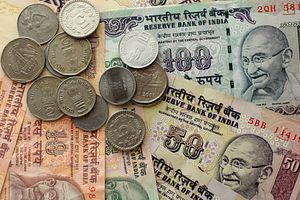As considered recently in Pacific Money Indian inflation data is hanging over monetary policy at the Reserve Bank of India. With growth struggling, but a disturbing bout of inflation – particularly in consumer prices – worsened during the autumn, policy was becoming complicated yet again.
Some good news for India comes in the form of the December 2013 retail inflation data. The Consumer Price Index (CPI) number came it at an annualized rate of 9.87 percent.
Although still high, this number is a significant easing from November’s record tally of 11.16 percent. Significantly in December, the sensitive and potentially dangerous issue of food price increases moderated significantly – down to 12.16 percent. This may still sound exceptionally high, but again, compared to November’s reading of 14.72 percent, it represents a substantial improvement.
The decision by the RBI and its star governor, Raghuram Rajan to hold interest rates stable last month now seems to have been prescient. However, the next rate-review, due on January 28, is still an open question.
While the improved December data may leave room for rates to hold again, there is still a fair amount of inflationary pressure in the economy. On the other hand, data last Friday showed that industrial production, a key measure of economic output, dropped 2.1 percent in November from a year earlier.
With inflation easing somewhat, yet still a threat, and economic activity figures still weak, it will be another interesting decision later this month.
One more medium-term factor that may also influence monetary policy decision-making is the recently announced hike in natural gas prices. In the next fiscal year (beginning in the spring), prices for domestically produced gas will double to around $8.4 per million British Thermal Units (BTU).
The price rise will almost certainly spur an expansion in output, partly by bringing currently unviable gas fields into the “profitable-to-extract” category. If the price increase can clear its Supreme Court hearing on March 4, it will be set. A partial hike in inflation can be expected in the initial period after the price rise, but this may be mitigated as supply increases in response to the higher profit levels.
With all this in mind, January 28 promises to be yet another headache for the RBI and Rajan.

































